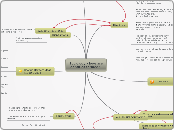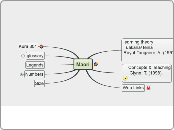by Ang Chia Kee 8 years ago
344
Emulsfier
Emulsifiers play a crucial role in stabilizing emulsions, which are mixtures of two immiscible liquids. Various types of emulsifiers, including cationic, anionic, non-ionic, and amphoteric, are used depending on their electrical charges and chemical properties.









